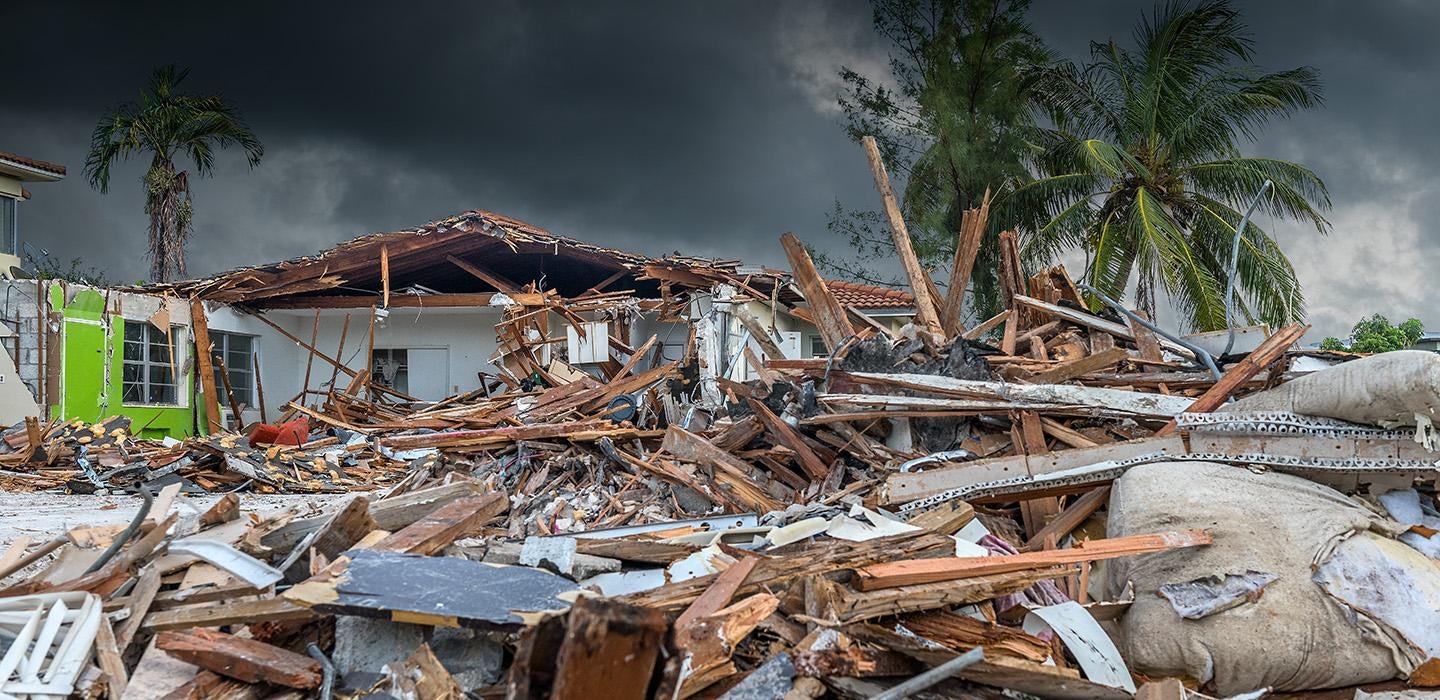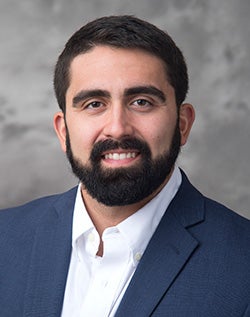
Subscribe to Pittwire Today
Get the most interesting and important stories from the University of Pittsburgh.In 2017, when Hurricane Maria devastated Puerto Rico, Fernando Tormos-Aponte’s first impulse was to return to his homeland to help rebuild. The assistant professor of sociology in Pitt’s Kenneth P. Dietrich School of Arts and Sciences was soon dissuaded by his family from going — his presence would have meant one more person dependent on the archipelago’s already strained resources, he said.
Instead, Tormos-Aponte turned to his training as a social scientist to support his loved ones. He expanded his research focus to the causes and consequences of government neglect of socially vulnerable communities during disaster recovery.
“Disasters reveal a community’s existing inequalities and further exacerbate them,” he said.
A former Kendall Science Fellow at the Union of Concerned Scientists, Tormos-Aponte is a leading expert on social movements, climate change and the fight for environmental justice. He’s published articles in The Washington Post, Jacobin, The New York Times and Scientific American and leads the Pitt Black Lives Matter and Policing Policy Reform Project, Working Group on Strengthening Science Advocacy, and the Social Vulnerability and Resilience Lab (SOLVER).
Pittwire asked Tormos-Aponte to share what he’s learned about how communities vulnerable to weather calamities can build resilience and how scientists and activists are influencing the future of climate change policies.
Why are poorer communities typically bearing the brunt of natural disasters?
Disadvantaged communities are less likely to have flood mitigation systems and updated energy infrastructures, such as electrical poles, that can withstand the greater intensity winds and rainfall we’re observing because of climate change.
A community’s unequal status in weathering a climate disturbance starts before the disaster; it begins when officials decide when and where to spend climate change and mitigation money. Marginalized communities are disproportionately at the front lines of major disasters and climate change. Still, often politicians don’t have an incentive to invest in disaster preparedness because it's not as politically advantageous to promote those preparedness policies as it is to show up after disaster strikes. They get to project a heroic image while they survey the damage.
How do officials evaluate a community’s risk of disasters?
The Centers for Disease Control and Prevention’s social vulnerability index is a tool used to distribute disaster resources. It aggregates different measures, including racial backgrounds, housing issues, poor and elderly populations and other social factors that can make a community more likely to experience hardships related to disasters.
However, this kind of accounting is flawed because the system offers a general average rather than a granular sense of a place. For instance, in the case of Pittsburgh and Allegheny County, the CDC social vulnerability index gives the impression that Pittsburgh and the surrounding region are not very vulnerable to disasters, but there is a lot of difference across neighborhoods in how well-prepared people are; areas with housing shortages are more exposed to disaster risks.
I worked with my collaborator Mary A. Painter to develop a vulnerability index to use specifically in majority-minority regions to give us a more accurate picture than what the CDC’s index could tell us. This opened up exciting opportunities to collaborate with the CDC to improve their index.
How do scientists apply their research to enact real-world change?
There’s a wide array of tactics scientists use to engage with communities and influence policies. Some scientists lobby state houses and Congress to adopt scientific integrity policies that address issues such as climate change or the location of energy plants — they serve in defense of the public good.
Scientists also supply communities with evidence in court battles, like performing water testing in a neighborhood located near a polluting power plant or providing evidence about a coal company’s impact on public health.
What are some models of environmental justice we can look to for inspiration? What’s working?
A powerful example of people caring for the land and thinking about how they can be in a relationship with the ecosystem and Indigenous people is an organization of Black farmers called Cooperation Jackson. They’re based in Mississippi, a state with a poor record of water access and food security. Cooperation Jackson’s work, inspired in part by the Civil Rights activist Fannie Lou Hamer, is based on a cooperative model that emphasizes creating a just economy. During the COVID-19 pandemic, they’ve engaged in mutual aid to support vulnerable communities. They have advocated for policies to address climate change and racial inequality. Cooperation Jackson is part of broader coalitions that see these issues as systemic and connected, which inspires them to seek system change and the chant: “system change, not climate change.”
Nationally, in April, the Biden administration issued an executive order on environmental justice. Now, most federal agencies are mandated to better track incidences of environmental injustice and prioritize funding for communities at the frontlines of climate change — a step toward better remediation.
This initiative by the White House wouldn’t have happened without a strong environmental justice movement that has continuously pushed for policies of this nature locally, nationally and internationally.
— Nichole Faina, photography by Getty Images



